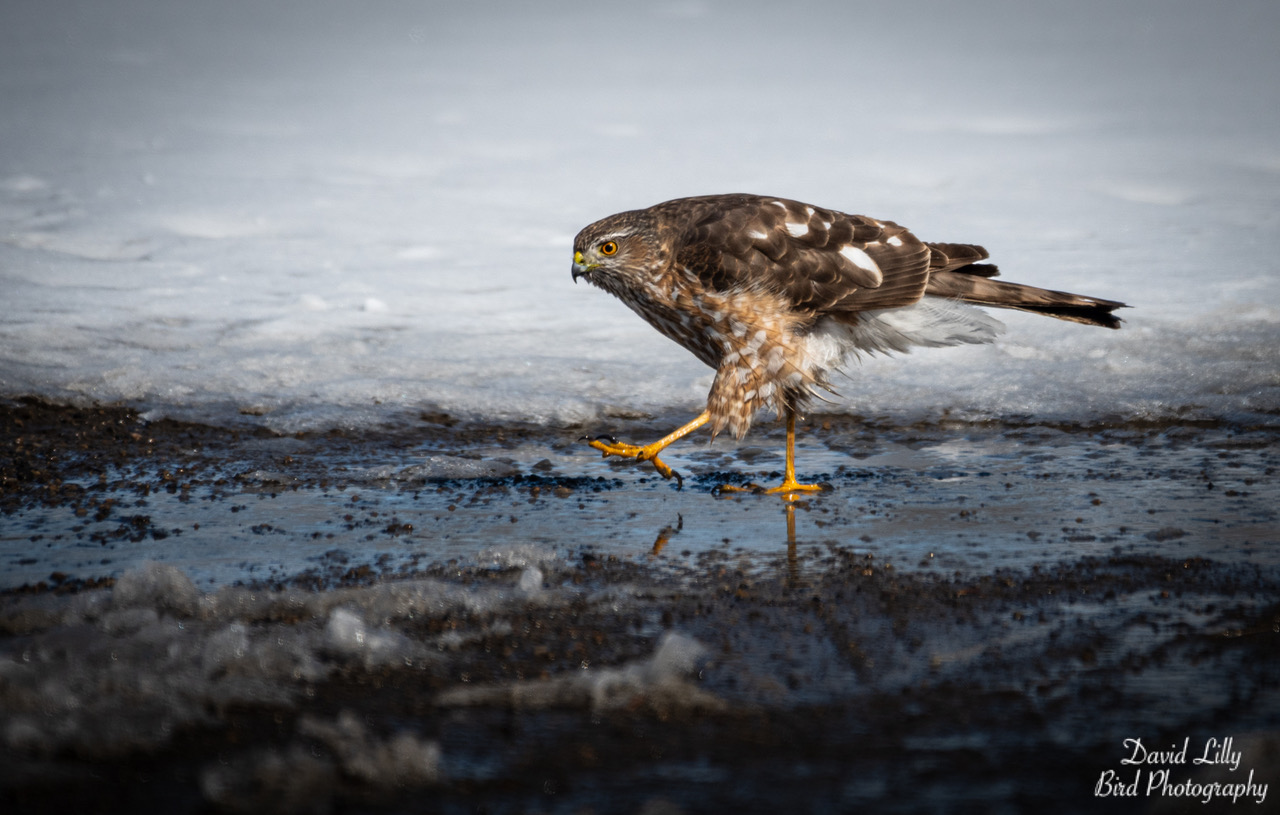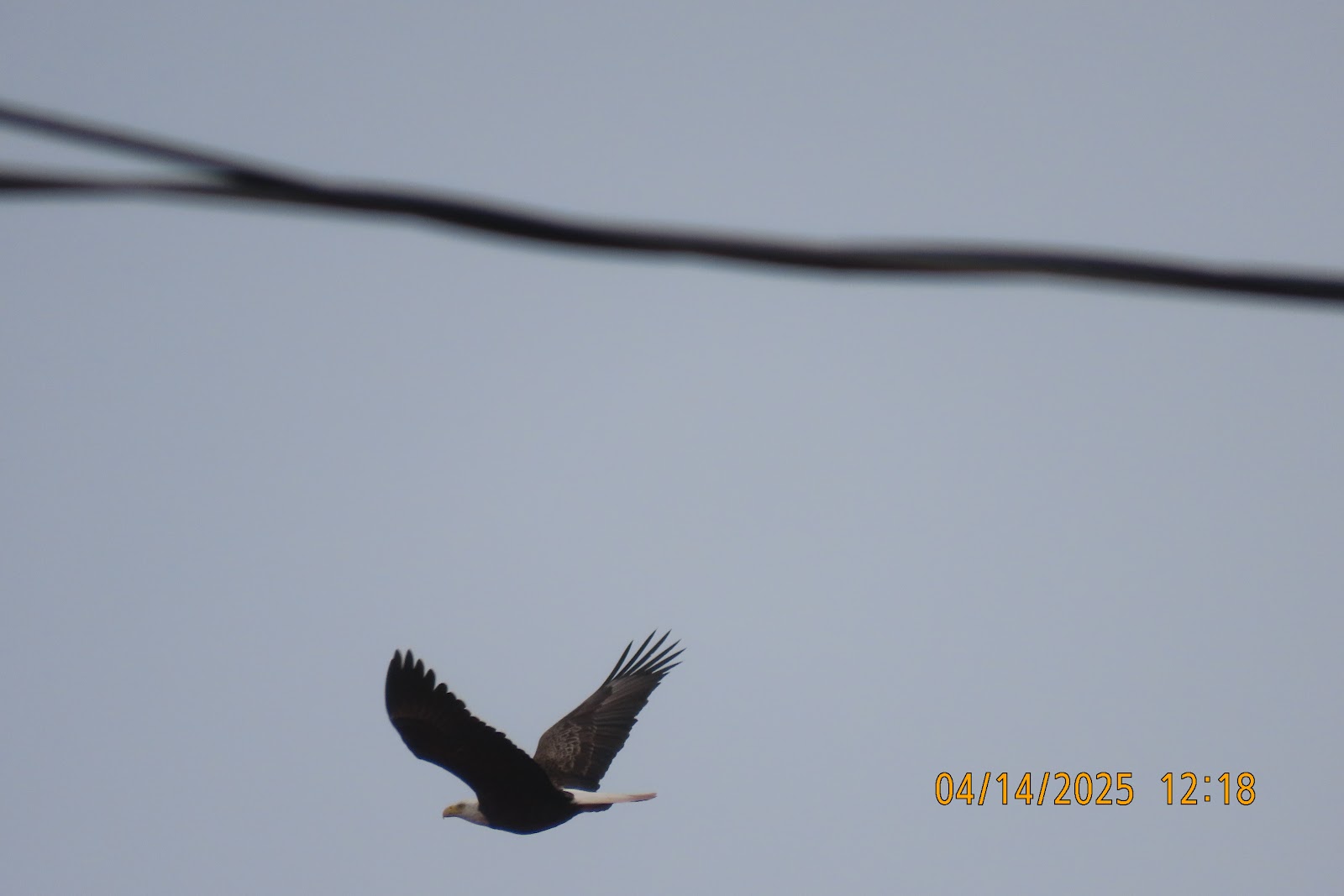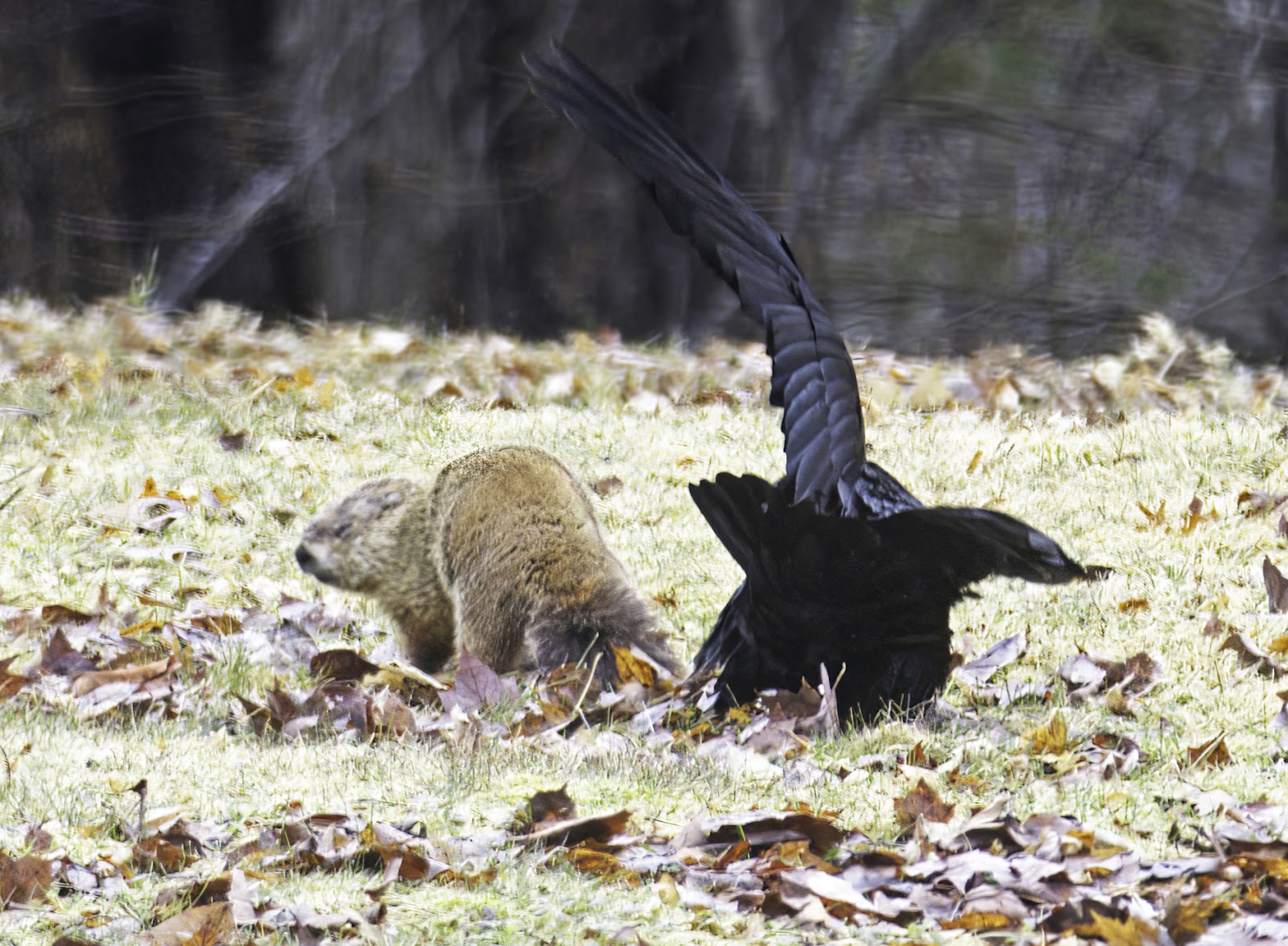NATURE
MONCTON NATURE NEWS
April 15, 2025
Nature Moncton members, as
well as any naturalist in New Brunswick or beyond, are invited to share
their photos and descriptions of recent nature sightings to build a fresh
(almost) daily edition of Nature News
To
respond by e-mail, please address your message to the information line
editor, nelsonpoirier435@gmail.com .
Please
advise the editor at nelsonpoirier435@gmail.com and the proofreader
Louise Nichols at Nicholsl@eastlink.ca if
any errors are noted in wording or photo labelling.
For more information
on Nature Moncton, check the website at www.naturemoncton.com
Proofreading
courtesy of Nichols nicholsl@eastlink.ca
To
view the live feed of the Peregrine Falcon nest cam on the summit of Assumption
Place in Moncton, go to:
**Tonight, Tuesday, is Nature Moncton meeting night.
All details below:
**April Monthly Meeting Presentation
“Wild Bees in New Brunswick”
April 15, 2025, 7:00 PM
Mapleton Rotary Lodge
Presenter: Emily
Austen
Did you know that New Brunswick is home to over 250
species of wild bees?
Wild bees perform essential pollination services,
facilitating the reproduction of wild plants and several regionally important
crops, including blueberry, apple, and cranberry. However, wild pollinators in
general and bees in particular are threatened by land use change, climate
change, insecticide exposure, pathogen spillover from managed bees, and more. A
further challenge is scarcity of data on species distributions.
In this session, Emily Austen will provide an
introduction to wild bee biology and some major groups of wild bees in our
region and will share preliminary results of a project aimed at documenting
wild bee diversity in backyard gardens in Sackville. Participants will get to
examine specimens up-close and will leave with a new (or renewed) appreciation
for these small-but-mighty organisms.
Dr. Emily Austen is a biologist at Mount Allison
University. A plant evolutionary ecologist with a special interest in
pollination biology, her recent Wild Bee project has helped deepen her
knowledge of the biology and diversity of the pollinators themselves.
This will be an in-person presentation at the lodge, but
those who wish can join via Zoom at the following link:
https://us02web.zoom.us/j/85734780857?pwd=4CcmeAaR5uNX5IDzlL2anE1nVByuML.1
All are welcome, Nature Moncton member or not.
**Ed and Jane LeBlanc have heard loons twice this week
while on the St. Martins beach with their dog. Try as they might, they couldn't get a look.
Most lakes in the area are still frozen, but the bay is wide open, of
course.
**Sue Berube was pleased to find several patches of mayflowers
(trailing arbutus) on the weekend at Mill Creek Park in Riverview and she was able to get a
pleasant photograph. Certainly, they are earlier than in many years.
**On Sunday, April 13, Yves Poussart had a nice visit to
his home yard. As the rain was beginning to fall at the end of the afternoon, Yves
had the opportunity to get some photos of a female northern cardinal
with a stick in its beak taken off from a branch on a honeysuckle hedge. The
male was seen at the same spot a few minutes later, but it was then too dark to
take more photos. The female was seen a few times in the morning of April 14
with the same behaviour. It seems to be a good sign that the pair is now
working on building a nest in the neighbourhood. This possibility looks
exciting and will be carefully followed.
**Georges Brun has noted that the female bald eagle
has reappeared after a hiatus of one month. She seemed hungry after flying all over from the Bend of the Petitcodiac River then up
and around Hall's Creek to the traffic circle, then to the old stomping grounds where inexperienced
gulls hang out.
**David Lilly shares a photo of a Sharp-shinned Hawk
from his bird photo collection.
**On Monday afternoon, Brian Stone witnessed the
"Main Event!" big fight, not on his TV but in his backyard, when he
noticed a common raven in conflict with a groundhog. The raven
was sneaking up behind the groundhog and nipping at his tail, and the groundhog
was turning quickly and threatening the raven with his big chompers. He was not
sure why they were trying to chase each other away unless the raven thought the
groundhog was after the same food as he was. The photos were taken quickly in
poor light and through a window, so they are a bit low quality.
**There are lots of days now that are 4 C and above,
which means ticks will start questing. Nelson Poirier’s grandson Matt adopted a
stray cat to find it had four embedded ticks on it. They turned out to be the groundhog
tick with the angular scutum as described in a recent tick presentation.
Matt was careful to remove them with fine tweezers from as close to the skin as
possible, then put them into the freezer, which made them easy to observe more
closely to identify. The groundhog tick will embed in humans but is not a
carrier of the Lyme disease bacteria. There was an equal possibility these ticks
could have been the black-legged tick, which potentially carries the Lyme
disease bacteria. The danger is not to the cat as cats have low susceptibility
to the Lyme disease organism; however, humans are much more susceptible to it.
The time has definitely arrived to take the necessary
precautions.
Nelson Poirier.
Nature Moncton









